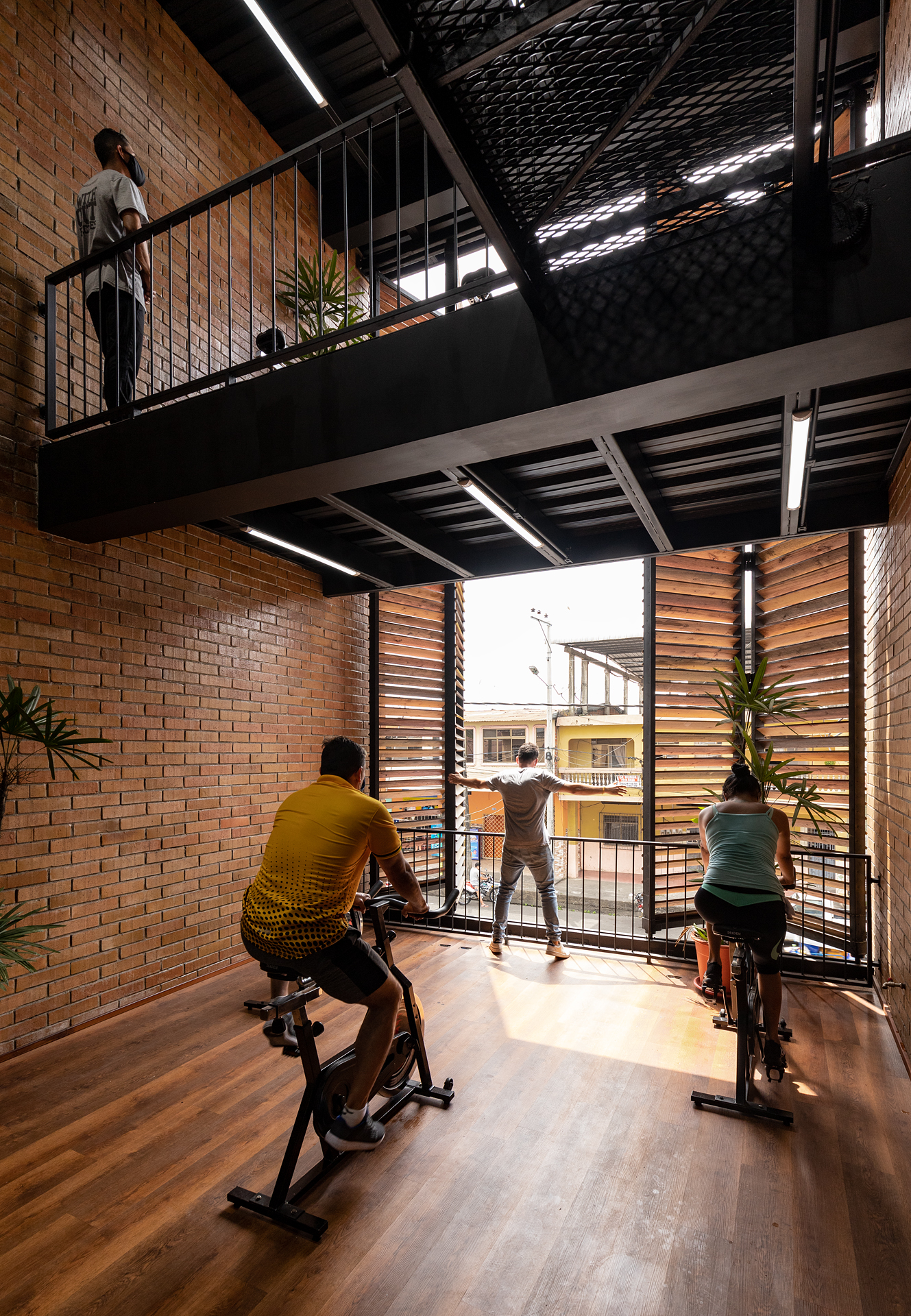Architizer’s A+Firm Award categories allow design firms of all sizes to showcase their practice and vie for the title of “World’s Best Architecture Firm”. Start an A+Firm Award Application today.
Windows are fun because they enliven any space with natural light and effortlessly connect us to the world outside. However, architects should be wary of adopting windows too excessively. Among the perils of too many windows include the poor thermal insulation of glass, a loss of privacy and occasionally an architectural blandness from their sheer ubiquity.
Luckily, louvers are an ideal counterpart to windows. They help control how much and in which ways natural light should enter a building, and they’re a great way to add texture and style to any façade. These seven louver designs go beyond the traditional louver, proving there are plenty of ways to keep the classic window blind architecturally exciting.
Bardales Urban Training Center
By Natura Futura Arquitectura, Babahoyo, Ecuador

Photos by JAG Studio
A couple commissioned Natura Futura Arquitectura to transform their 2-story house in Babahoyo, Ecuador into a 4-story new gym for the community. The open concept facility has both the street and backyard-facing sides left open to let generous sunlight in. But rather than add windows on those sides, the architects used pairs of 8m high retractable wooden louvers instead. The advantages of these sliding louvers are numerous: they’re relatively inexpensive, they can be adjusted to control the amount of light inside, and for the gym-goers inside, they offer ample ventilation and privacy.
Tiam
By Nguyen Khai Architects & Associates, Hue, Vietnam

Office Complex in the heart of Athens
By A&M ARCHITECTS, Athens, Greece

K8
By Florian Busch Architects, Kyoto, Japan

The linen gallery in Zhejiang
By uchida shanghai, Zhejiang, China

Photos by luz images
This renovated project by uchida shanghai transformed a former linen factory into a contemporary gallery exhibiting the fabric. The minimalist, rectangular design of the new gallery made in wood-cast concrete is enlivened on the rear-side by a double-skin façade made of compressed bamboo louvers. These louvers mask a series of randomly assorted windows, leading to a variety of shading and lighting combinations inside the gallery throughout the day.
Future Art Lab of the Vienna University of Music and Performing Arts
By Pichler & Traupmann Architekten ZT GmbH, Vienna, Austria

Freebooter
By GG-loop, Amsterdam, Netherlands

Photos by Francisco Nogueira / Architectural Photography and Michael Sieber
This residential complex in Amsterdam boasts an impressive louvered exterior made from hundreds of angled wooden slats. However, the gradual orientation of the louvers was not made with merely aesthetic intentions. In fact, the architects GG-loop studied the movement of the sun year-round to angle the louvers for an optimal level of sunlight and privacy inside at all times. But there’s still some degree of artistic whimsy in the façade, with occasional ruptures in the vertical pattern to keeping things interesting.
Architizer’s A+Firm Award categories allow design firms of all sizes to showcase their practice and vie for the title of “World’s Best Architecture Firm”. Start an A+Firm Award Application today.













